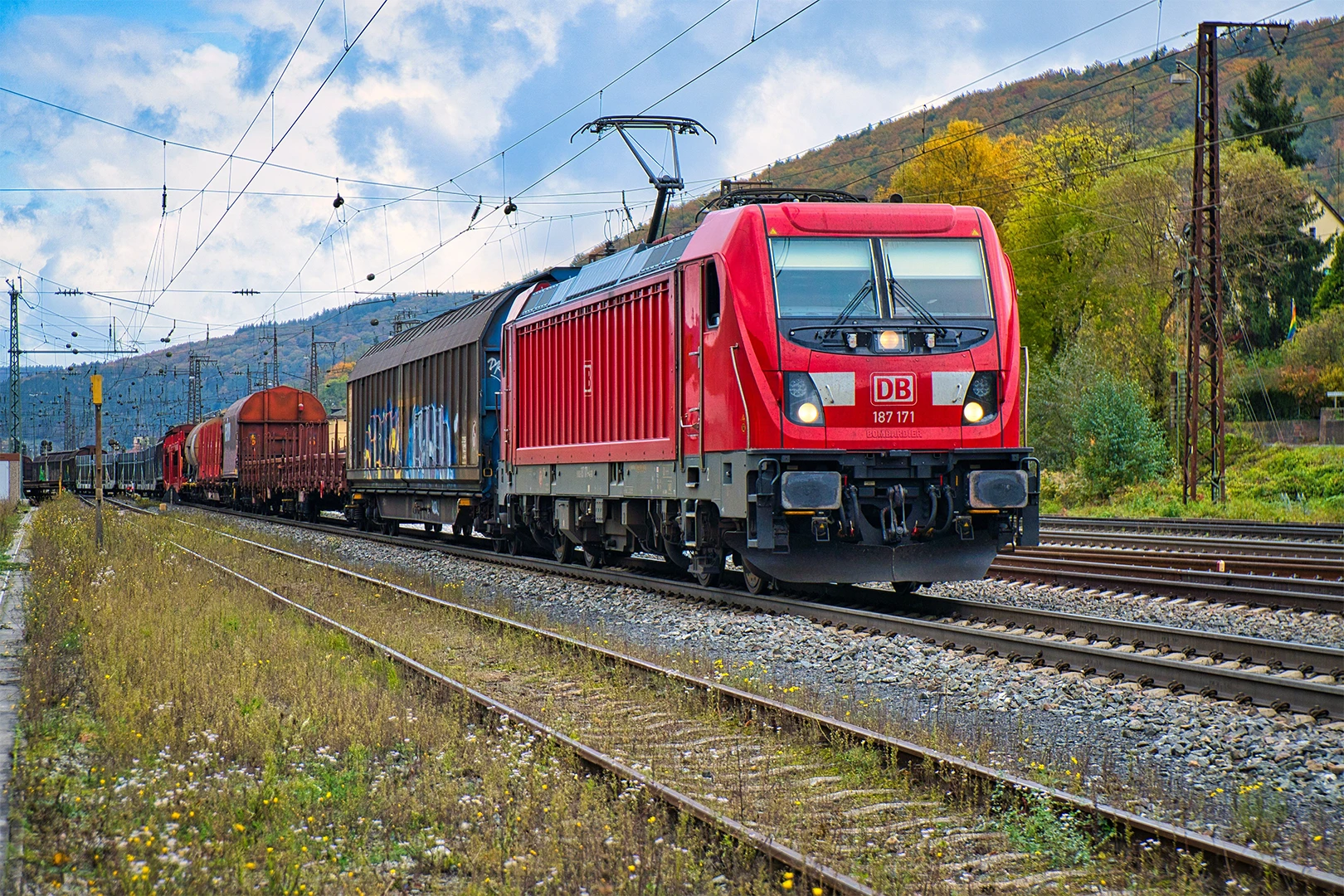In electronics, the reliability of soldered connections is crucial, especially in high-vibration environments such as rail technology, mining or construction vehicles.
Particularly in critical or safety-relevant applications such as in rail technology, where electronic components are exposed to very high mechanical stresses over a very long period, stable soldered connections ensure reliable operation. The targeted use of high-quality, process-reliable solder alloys and fluxes in assembly and connection technology plays a central role here in preventing voids. These impair the electrical and mechanical connection and can lead to failures or performance losses. Possible causes for voids include organic inclusions in the surface metallization, flux components or oxides dissolved in the solder. The formation of voids is the result of an interaction between the PCB, the component metallization and the process control. The causes of void formation can therefore be diverse.
Causes of void formation
These voids can destabilize the solder joints due to vibrations or temperature differences, which can ultimately lead to a fracture of the connection between the substrate and the component. To avoid this, it is necessary not only to optimize the soldering process but also to select the right solder alloy and flux. There is general agreement that SAC solders are more prone to pore formation than SnPb solders. There are several reasons for this: firstly, the higher surface tension of SAC alloys makes it more difficult for trapped gases to outgas in the solder. Secondly, the higher process temperatures lead to an increased formation of potential gases from the flux, the printed circuit board and the components. Finally, the wetting properties of the SAC solders are poorer due to the small difference between the process temperature and the melting point.
But the surface tension between the liquid solder, the flux and the circuit board also influences the degree of wetting and thus the formation of voids. A better flux will achieve a higher degree of wetting, resulting in fewer pores. Therefore, fluxes have a special function because they ensure, for example, that oxides on the solder pads are removed and a clean, oxide-free surface is created. This enables perfect wetting of the solder without inclusions and contamination, as well as ensuring a long-lasting connection. Emil Otto’s fluxes, which have been specially developed for demanding requirements, have proven themselves over decades in the production of electronic assemblies for the most demanding application areas. Their composition has been continuously optimized over the years so that they not only create stable soldered joints but also ensure the long-term stability of the assemblies.
Factors influencing the void density in solder joints
Furthermore, there are additional parameters that also influence the void density in solder joints. Both the proportion and size of pores depend on the following factors:
- Surface and drilling of the PCB (oxide layer promotes void formation)
- Alloy and layout of the PCB
- Storage of the PCBs and components
- Component metallization and oxide adhesion on the component (oxide layer promotes void formation)
- Preheating temperature and duration, as well as the dwell time of the THT component in the solder
- Nitrogen atmosphere during selective soldering (adjust if necessary)
Ultimately, the combination of a high-quality solder and flux and the resulting oxide-free solder pads and void-free solder joints can have a positive influence on the formation of long-lasting solder joints. This is a crucial factor for the safe transportation of goods and commodities by rail, the timely implementation of construction projects or the safe extraction of natural resources. Companies and individuals who rely on these technologies benefit from the reliably functioning products of Emil Otto.

